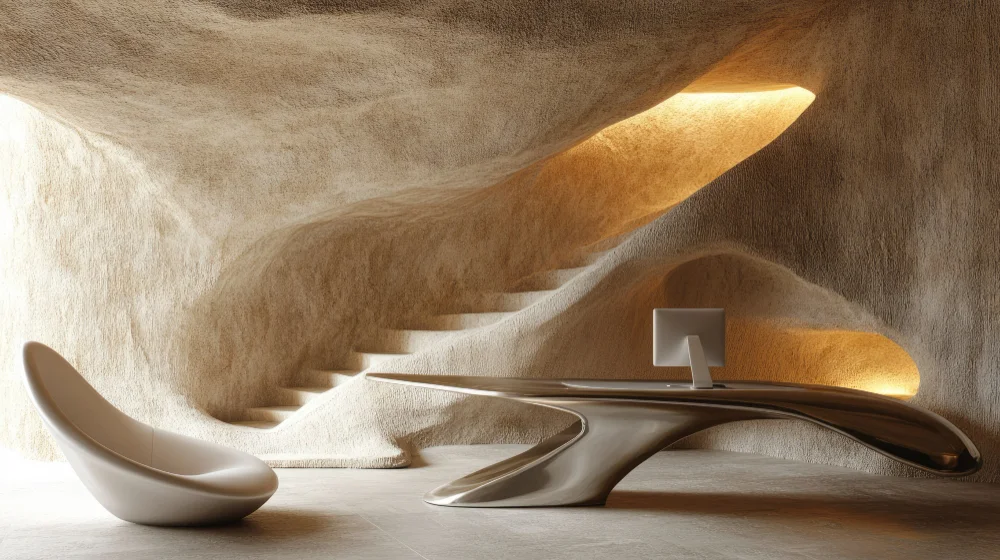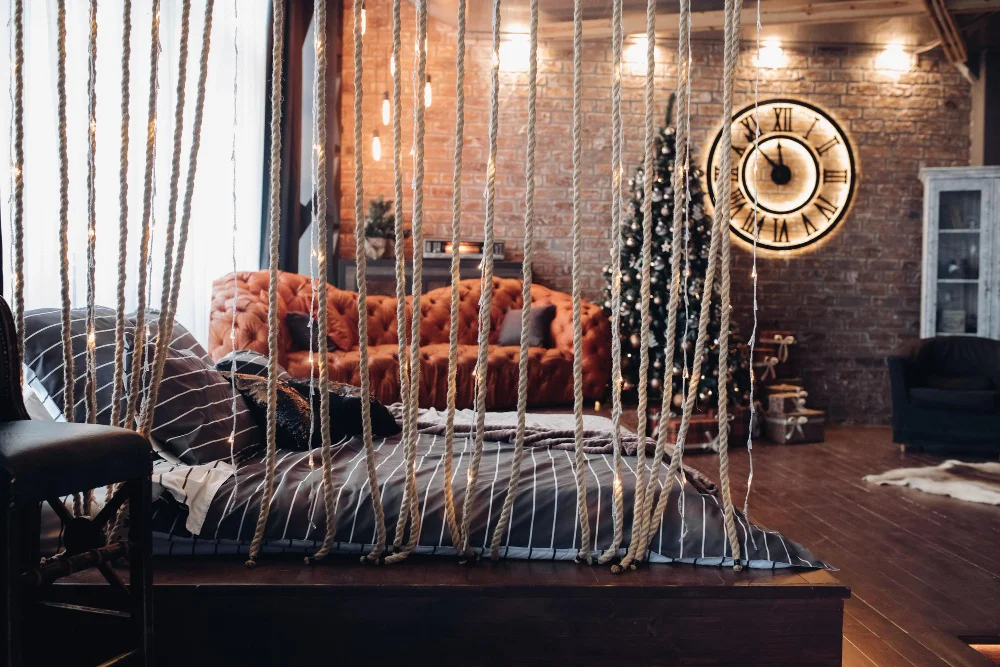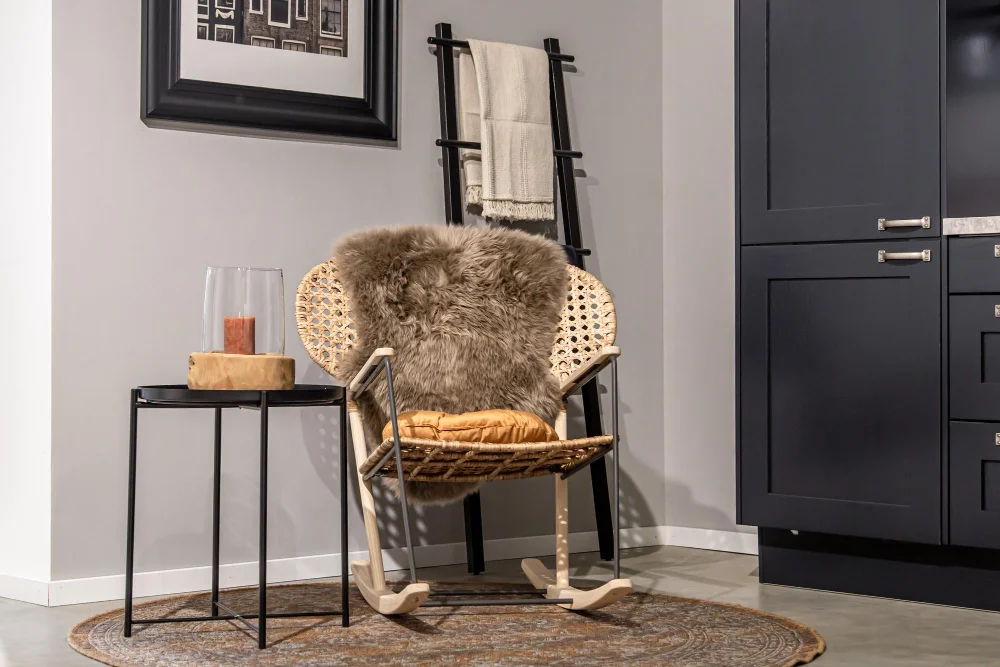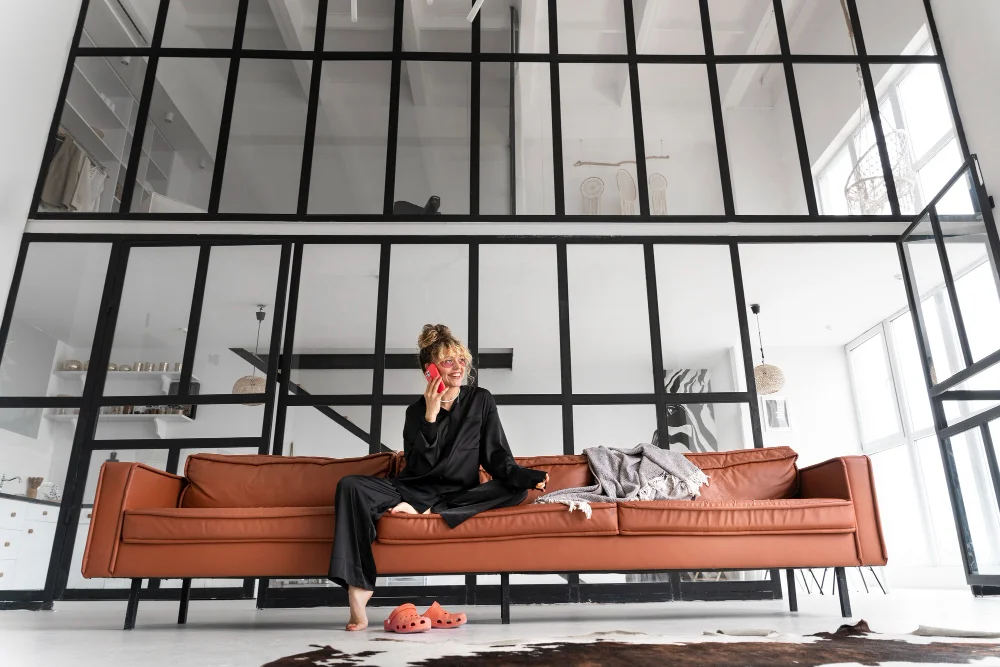Brutalist interior design is a style that refuses to hide behind decoration. Instead, it embraces exposed materials, strong geometry, and structural honesty. Born from mid-20th-century architecture, this design movement has returned to modern homes, offices, and cultural spaces as people search for authenticity in a world full of temporary trends. With its raw concrete, industrial elements, and dramatic forms, brutalism is about bold expression rather than subtle charm.
In this guide, we will explore the philosophy, materials, and applications of brutalist interior design. By understanding its origins and key elements, you will see how it can transform a space into something powerful yet surprisingly livable. From material palettes to contemporary innovations, each section explains how brutalism continues to inspire designers today.
The Origins of Brutalism
The brutalist movement began after World War II, when architects sought to rebuild cities quickly and affordably while maintaining honesty in materials. The term itself comes from the French phrase béton brut, meaning raw concrete, which became the hallmark of the style. Pioneers such as Le Corbusier, Alison and Peter Smithson, and Ernő Goldfinger created monumental structures that revealed their skeletons rather than concealing them.
In interior design, this translated into spaces where the walls, ceilings, and floors were part of the design language. Instead of hiding beams, ducts, or stone, designers exposed them proudly. The emphasis was not on luxury or decoration but on truth. This philosophy of authenticity laid the foundation for what we now call brutalist interior design.
Core Principles of Brutalist Interior Design

At the heart of brutalist interior design lies the idea of embracing honesty in materials and functionality. Instead of hiding imperfections, designers highlight raw elements like concrete, steel, or stone, celebrating their authenticity. This approach values simplicity, durability, and structural expression over decorative embellishments, creating interiors that feel both powerful and timeless.
Material Honesty
Brutalist interiors rely on unrefined materials such as concrete, stone, brick, and steel in their most natural forms. Rather than covering them with paint or finishes, designers showcase their raw textures, which adds depth and authenticity to the space.
Structural Form as Decoration
Instead of ornate details, brutalist design emphasizes form and geometry. Massive walls, block-like shapes, and sharp lines become the visual language of the space. The architecture itself serves as decoration, where light and shadow interact dramatically with surfaces.
Embracing Imperfections
Unlike polished modern interiors, brutalist spaces embrace flaws such as cracks, rough textures, or uneven finishes. These imperfections add character and reinforce the sense of honesty, making every surface feel unique and connected to its construction.
Materials and Textures in Brutalist Interior Design
Concrete is often considered the backbone of brutalist interior design, but it is rarely used alone. Designers pair it with stone, brick, reclaimed wood, and aged metals to create striking contrasts. The interplay of rough and smooth surfaces keeps the design engaging, ensuring that each material adds depth and character without overwhelming the space.
Key Material Combinations
-
Concrete and stone create a balance between industrial strength and natural ruggedness.
-
Brick and timber introduce warmth and texture, softening stark concrete walls.
-
Steel beams emphasize strength, while patinated metals add subtle colour shifts.
-
Layered surfaces prevent monotony, making brutalist interiors feel dynamic and authentic.
Space, Form, and Light

In brutalist interiors, space itself becomes a central design tool. Instead of relying on ornamentation, designers let volume, emptiness, and mass define the atmosphere. Large geometric shapes, slabs, blocks, and cantilevers transform interiors into sculptural environments that feel solid and enduring. At the same time, light interacts with these forms to create an ever-changing sense of drama, making the interiors both monumental and intimate.
Spatial Simplicity
Brutalist interiors emphasize openness, where empty spaces are just as important as filled ones. This balance creates a sense of calm, allowing the raw materials and bold forms to take centre stage.
Geometric Forms
Blocks, slabs, and angular structures shape the environment, turning walls and ceilings into sculptural features. These strong geometric lines replace traditional ornamentation, giving the space its distinctive identity.
Natural Light
Deep-set windows and wide openings allow natural light to flood in, casting bold shadows across textured surfaces. This creates a dynamic atmosphere that shifts throughout the day.
Artificial Illumination
Strategically placed artificial lighting highlights textures such as concrete grain or timber grain. It enhances surface details and ensures the monumental forms remain visible and striking, even after dark.
Adapting Brutalist Interior Design to Modern Homes
While brutalism may sound severe, it can be adapted beautifully for contemporary living. Instead of overwhelming an entire house, homeowners often introduce brutalist touches in select areas. A concrete feature wall, slab furniture, or exposed ceiling beams can add character without dominating the entire interior.
Comfort is achieved by balancing raw elements with softer details. Warm lighting, textured rugs, indoor plants, and linen upholstery help offset the harshness of concrete and steel. This balance ensures that the space feels grounded and modern while still being welcoming for everyday life.
Furniture and Interior Detailing in Brutalist Interior Design

Furniture in brutalist interiors often echoes the style’s monolithic aesthetic. Heavy slab tables, blocky seating, and built-in shelving units become part of the architecture. These pieces are not decorative accessories but structural elements that define the room. Their weight and simplicity give interiors a sense of permanence.
Detailing is equally important. Junctions where concrete meets wood or glass are carefully considered, with clean lines and minimal transitions. Even expansion joints or surface marks are left visible, celebrated as part of the narrative of construction. This level of detail ensures the space feels intentional rather than unfinished.
Innovations in Brutalist Interior Design
Today, brutalist interior design is experiencing a revival through modern adaptations. Eco-brutalism emphasizes sustainability by combining concrete with recycled metals, reclaimed wood, and indoor greenery. At the same time, new lighting technologies transform heavy structures into dynamic spaces. These innovations show that brutalism is no longer fixed in the past but continues to adapt to contemporary living needs.
Key Innovations
-
Eco-brutalism integrates plants, recycled metals, and reclaimed timber to soften raw materials.
-
Sculptural lighting uses LED strips and grazing light to highlight concrete textures.
-
Sustainable practices reduce environmental impact while preserving brutalist aesthetics.
-
Dynamic interiors evolve throughout the day, shifting with natural and artificial light.
Why Brutalism Resonates Today
Brutalist interior design has reemerged because it offers something rare in modern life: authenticity. In a culture of fast trends and disposable decor, brutalism feels timeless. Its raw materials and honest forms provide a sense of permanence that resonates with people seeking substance.
Social media has also amplified its revival. Brutalist interiors, with their bold geometry and dramatic shadows, photograph powerfully. They stand out in digital feeds and design magazines, making them popular among architects, influencers, and homeowners alike. Ultimately, brutalism appeals to those who value strength, clarity, and meaning in their environments.
Conclusion: Brutalist Interior Design
Brutalist interior design is not just about concrete and steel, it is about truth, structure, and impact. From its mid-century origins to its modern adaptations, brutalism continues to inspire designers around the world. By focusing on materials, space, and light, it creates interiors that are raw yet poetic, monumental yet livable.
For anyone seeking an interior style that prioritizes authenticity over ornament, brutalism remains a compelling choice. When carefully balanced with warmth and comfort, it transforms spaces into environments that are both timeless and unforgettable. Just like minimalist cooking, where even something as simple as an easy baguette recipe can reflect the same raw honesty and beauty, brutalism proves that simplicity often carries the most impact.











